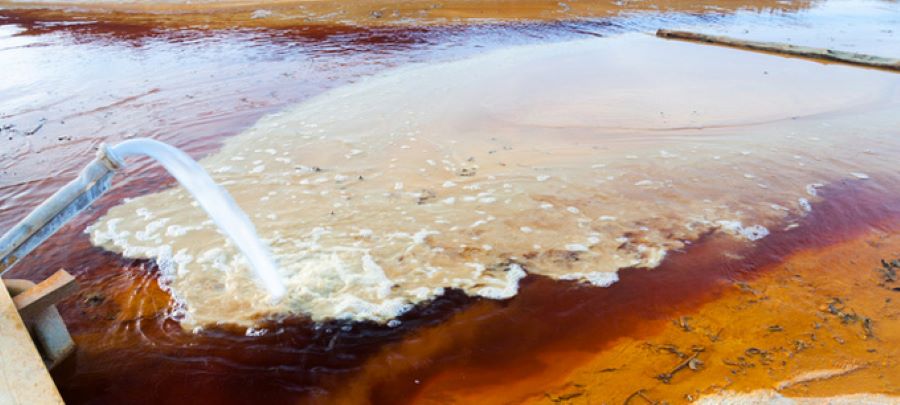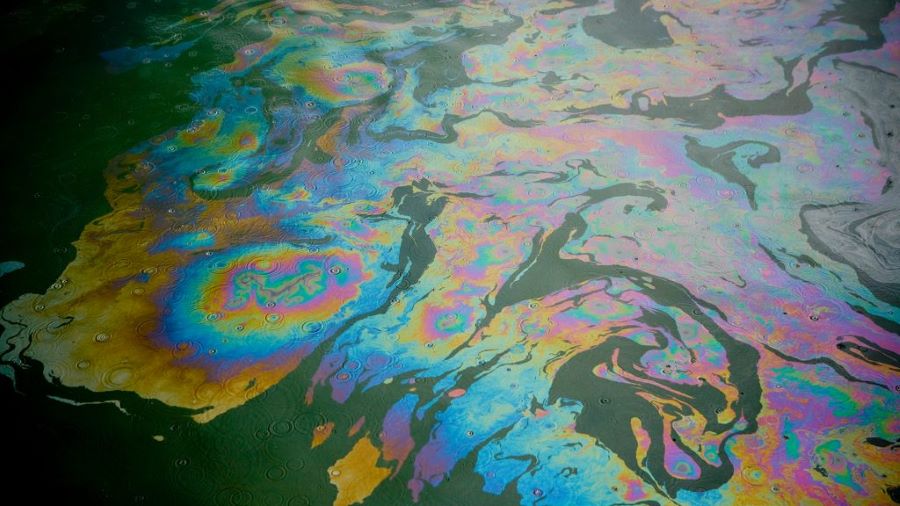Oily wastewater is one of the most difficult types of wastewater to treat and poses a serious risk of environmental pollution. Containing mineral oils, animal or vegetable fats in floating, emulsified, or dissolved forms, this type of wastewater not only degrades water quality but also directly affects soil and causes environmental contamination. Given these negative impacts, understanding the concept, characteristics, and treatment methods of oily wastewater is essential for sustainable environmental protection.
Oily wastewater is wastewater that contains mineral oils or animal and vegetable fats in various forms such as floating, emulsified, or dissolved in water. Oil particles are typically hydrophobic, resistant to biodegradation, and easily form a film on the water surface, hindering oxygen exchange. Depending on concentration and physicochemical properties, oily wastewater is often turbid, has an unpleasant odor, and contains many organic substances that are difficult to treat.
A key feature of this type of wastewater is its high emulsion stability, making it difficult to separate oil from water using conventional methods. Moreover, oils and fats may contain heavy metals, additives, or toxic organic compounds, increasing the hazardous nature of the wastewater. Therefore, oily wastewater is classified as a special type of wastewater requiring specialized treatment technologies to ensure environmental safety before discharge. Sources of oily wastewater include:

What is oily and fatty wastewater?
When discharged directly into rivers, lakes, and canals, oily wastewater forms an oil film on the surface, preventing oxygen diffusion from the air into the water. This reduces dissolved oxygen levels, leading to oxygen depletion for aquatic organisms. Furthermore, oil and refractory organic compounds increase COD and BOD levels, causing severe organic pollution and degrading water quality.
When absorbed into the soil, oil and related compounds can alter soil structure, reduce infiltration and water retention capacity, and harm beneficial microorganisms. These substances can also infiltrate groundwater, causing long-term and difficult-to-treat contamination. In terms of ecosystems, the presence of oil can reduce biodiversity, destroying many plant and animal species due to loss of suitable habitats.
Humans may be indirectly affected by consuming water or food contaminated with oil and toxic compounds. Certain components such as aromatic hydrocarbons and heavy metals in oily wastewater can cause skin irritation, respiratory disorders, or accumulate long-term in the body, leading to chronic diseases and cancer risks. Prolonged exposure to oil-contaminated environments also increases public health issues and medical costs.
Physicochemical methods are commonly applied to separate oils, fats, and non-settleable impurities. Typical techniques include:
Chemical methods rely mainly on chemical reactions to degrade or transform pollutants into less toxic forms. Common techniques include:

Effective oily wastewater treatment methods today
Oily wastewater is a special, highly hazardous type of pollution and requires appropriate treatment technologies. Current physicochemical and chemical methods have proven effective in removing oils, organic compounds, and harmful microorganisms. However, for optimal results, producers and service providers must combine multiple solutions in an integrated manner and strictly comply with environmental regulations.
With many years of experience in wastewater treatment, Dai Nam Environment Company is proud to provide effective and sustainable oily wastewater treatment solutions. Dai Nam applies modern technologies combined with a team of highly skilled engineers, ensuring treatment systems meet the standards of the Ministry of Natural Resources and Environment.